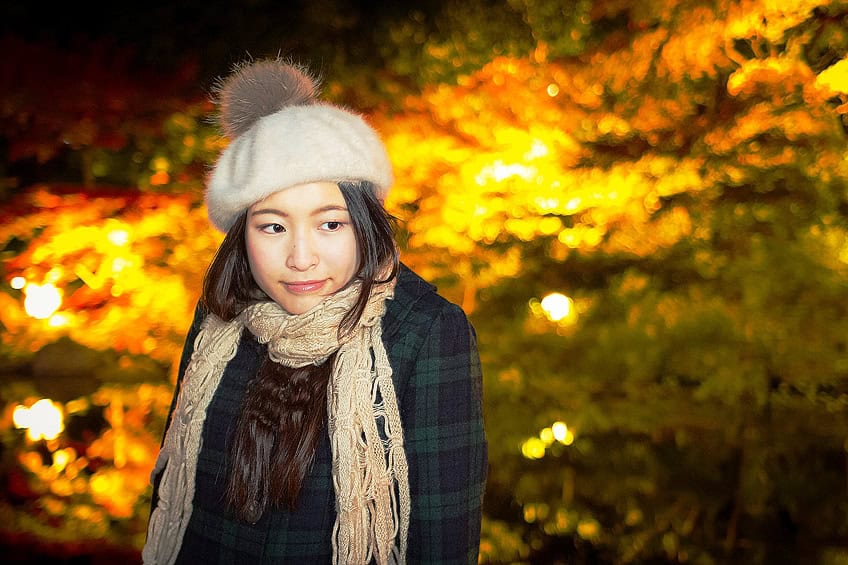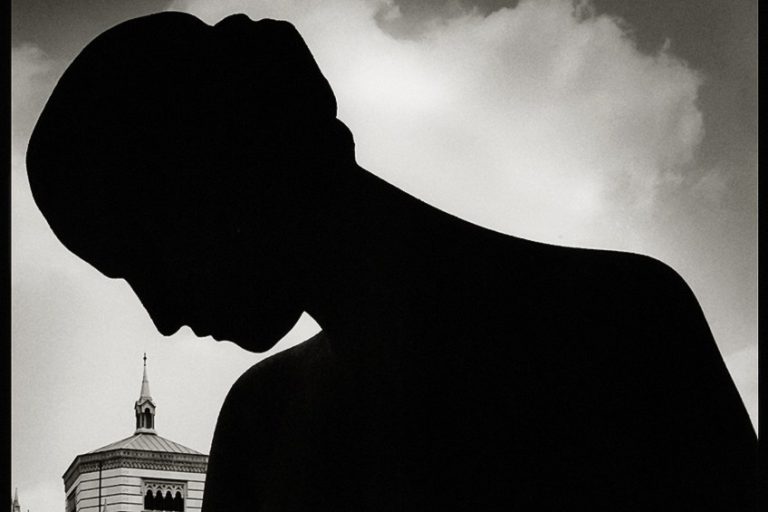Shallow Depth of Field Photography – Isolating Your Subject
Shallow depth of field photography is a powerful technique that creates stunning visual impact by isolating a subject against a beautifully blurred background. This method involves using a wide aperture to achieve a narrow plane of focus, rendering the foreground or background elements out of focus. The result is an image with a distinct sense of depth and emphasis, drawing the viewer’s eye to the sharp, detailed subject while softening the surrounding context. Often employed in portraiture, macro photography, and artistic compositions, shallow depth of field allows photographers to create a dreamy, intimate atmosphere, and highlight specific elements within a scene. Mastery of this technique requires an understanding of aperture settings, lens selection, and distance manipulation, making it an essential skill for any photographer aiming to add a professional touch to their work.
Key Takeaways
- Shallow depth of field isolates the subject by blurring the background.
- Aperture, focal length, and camera distance are key to achieving the effect.
- Accessible equipment can produce professional-looking shallow depth of field photography.
Fundamentals of Depth of Field
Achieving a striking photograph often hinges on mastering the depth of field. Shallow depth of field photography, in particular, creates stunning images by blurring the background or foreground while keeping the subject in sharp focus. This technique not only isolates the subject but also adds a professional touch to your photos, drawing the viewer’s attention precisely where you want it. Photographers utilize shallow depth of field to simplify scenes and highlight their subjects.

By adjusting the aperture, focal length, and camera distance, even novice photographers can produce captivating images with this technique. Understanding how to effectively use these settings is essential for achieving the desired aesthetic in any shot. Some of the fastest and most sought-after lenses offer apertures as wide as f/1.2, producing the shallowest depths of field, though they can be pricey. Knowing how to use more accessible equipment to achieve similar results is a valuable skill for any photographer.
This blog post will guide you through the fundamentals, helping you make informed decisions about your camera and lens selections and enhancing your photography skills.
Understanding Depth of Field
Depth of field (DoF) refers to the zone of sharpness within an image. When a subject is in focus, areas before and beyond that point gradually become more blurred. A shallow depth of field results in a narrow focus area, making the background and foreground blurry. This effect is desirable in portrait photography to isolate the subject. Conversely, a deep depth of field ensures that both the foreground and background remain in focus, which is often useful for landscape photography.

Aperture and F-Stop Explained
Aperture refers to the opening in a lens through which light passes to hit the camera sensor. It is expressed in f-stops (e.g., f/1.8, f/22), where lower numbers represent larger apertures. Larger apertures (e.g., f/1.8) create a shallow depth of field, rendering background elements blurry and drawing attention to the subject. Smaller apertures (e.g., f/16) produce a deep depth of field, ensuring that more of the scene appears sharp.
Photographers adjust the aperture to control the depth of field and achieve their creative vision.
Focal Length’s Role
Focal length, the distance between the lens and the image sensor when focused, also impacts depth of field. Longer focal lengths (e.g., 85mm, 200mm) inherently produce a shallower depth of field, making them suitable for portrait photography. Shorter focal lengths (e.g., 24mm, 35mm) result in a deeper depth of field, making them ideal for capturing landscapes.

The relationship between focal length and aperture plays a crucial role in how much of the scene remains in focus and how photographers can manipulate this to their advantage. Understanding these elements helps in achieving the desired sharpness and aesthetic in an image.
Composition and Aesthetics
Shallow depth of field photography enhances the subject by creating a distinct separation from the background, adding an artistic touch to the image. This technique also emphasizes bokeh and background blur, creating depth and visual interest.
The Artistic Effect of Shallow DOF
Shallow depth of field (DOF) allows photographers to isolate their subject, making it the clear focus of the image. By blurring the background, the subject stands out sharply, drawing viewers’ attention naturally. This technique can be particularly effective in portrait photography, where details of the subject’s face or features need to be highlighted. Photographers also use shallow DOF creatively to add depth.
By controlling what parts of the image are sharp versus blurred, they guide the viewer’s eye through the composition, creating a narrative or emotional impact.
Bokeh and Background Blur
Bokeh refers to the quality of the out-of-focus areas in a photograph. With a shallow DOF, photographers can achieve aesthetically pleasing bokeh, making the background appear smooth and soft, enhancing the image’s visual appeal. To increase bokeh, use lenses with large apertures like f/1.4 or f/2.8. The shape of light reflections in the blurred background becomes a key part of the composition, adding artistic elements. Background blur not only isolates the subject but also eliminates distractions. It helps to keep the viewer’s focus on the important elements of the photo while creating a mood or atmosphere.

Camera and Lens Selection
Choosing the right camera and lens is crucial for achieving the desired shallow depth of field effects. Factors such as aperture settings, lens type, and sensor size play significant roles in controlling the depth of field in your photos.
Choosing the Right Equipment
Selecting lenses with a wide aperture, such as f/1.4, f/1.8, or f/2.8, is key to achieving a shallow depth of field. Fast lenses, which allow shooting with wide apertures, help isolate subjects by blurring the background. Prime lenses, which offer fixed focal lengths, often have wider maximum apertures compared to zoom lenses.
Wide-angle lenses can increase the depth of field, but using them with fast apertures and adjusted camera settings can still produce a shallow depth effect.
Impact of Sensor Size on DOF
Sensor size also impacts depth of field. Larger sensors, such as those in full-frame cameras, produce a shallower depth of field compared to smaller sensors like APS-C or Micro Four Thirds. This is partly due to the crop factor associated with smaller sensors, which affects the apparent focal length of the lens.

For instance, a 50mm lens on a full-frame camera maintains its true focal length, while on an APS-C sensor with a crop factor of 1.5x, it mimics a 75mm lens. This change influences depth of field, making it more challenging to achieve ultra-shallow effects on smaller sensor cameras. Choosing the right sensor size helps optimize control over the depth of field in your photography.
Mastering shallow depth of field photography opens up a world of creative possibilities, allowing photographers to create images with a compelling focus and a sense of depth. By carefully controlling aperture, lens choice, and subject distance, one can transform ordinary scenes into extraordinary compositions that highlight key elements and evoke emotion. Whether capturing the intimate details of a portrait, the intricate beauty of a flower, or the dramatic isolation of a subject, shallow depth of field adds a professional and artistic touch to your photography. Embrace this technique to enhance your visual storytelling and elevate your photographic artistry!
Frequently Asked Questions
How Does Aperture Size Affect the Depth of Field in a Photograph?
Aperture size directly impacts the depth of field. A larger aperture (small f-number like f/1.4 or f/2.8) creates a shallower depth of field, which means only a small part of the image is in focus. Conversely, a smaller aperture (large f-number like f/16) increases the depth of field, making more of the scene sharp.
What Are the Techniques for Achieving a Shallow Depth of Field in Portrait Photography?
To achieve shallow depth of field in portrait photography, use a wide aperture (e.g., f/2.8 or wider). Position the subject far from the background to maximize separation. Additionally, using a longer focal length (more than 70mm) helps to further isolate the subject from the background blur.
How Can Lens Choice Impact the Depth of Field in an Image?
Lens choice significantly affects depth of field. Prime lenses with wide maximum apertures (like 50mm f/1.8) are excellent for shallow depth of field. Telephoto lenses (e.g., 85mm or 135mm) also enhance this effect by allowing photographers to shoot from a distance and compressing the background.
What Are the Optimal Camera Settings for Creating a Blurred Background in Photos?
To create a blurred background, set the camera to aperture priority mode and select a wide aperture (low f-number). Use a long focal length lens if available. Keep the subject close to the camera and the background distant. Adjust ISO and shutter speed as needed to maintain proper exposure.
Isabella studied at the University of Cape Town in South Africa and graduated with a Bachelor of Arts majoring in English Literature & Language and Psychology. Throughout her undergraduate years, she took Art History as an additional subject and absolutely loved it. Building on from her art history knowledge that began in high school, art has always been a particular area of fascination for her. From learning about artworks previously unknown to her, or sharpening her existing understanding of specific works, the ability to continue learning within this interesting sphere excites her greatly.
Her focal points of interest in art history encompass profiling specific artists and art movements, as it is these areas where she is able to really dig deep into the rich narrative of the art world. Additionally, she particularly enjoys exploring the different artistic styles of the 20th century, as well as the important impact that female artists have had on the development of art history.
Learn more about Isabella Meyer and the Art in Context Team.
Cite this Article
Isabella, Meyer, “Shallow Depth of Field Photography – Isolating Your Subject.” Art in Context. August 22, 2024. URL: https://artincontext.org/shallow-depth-of-field-photography/
Meyer, I. (2024, 22 August). Shallow Depth of Field Photography – Isolating Your Subject. Art in Context. https://artincontext.org/shallow-depth-of-field-photography/
Meyer, Isabella. “Shallow Depth of Field Photography – Isolating Your Subject.” Art in Context, August 22, 2024. https://artincontext.org/shallow-depth-of-field-photography/.









